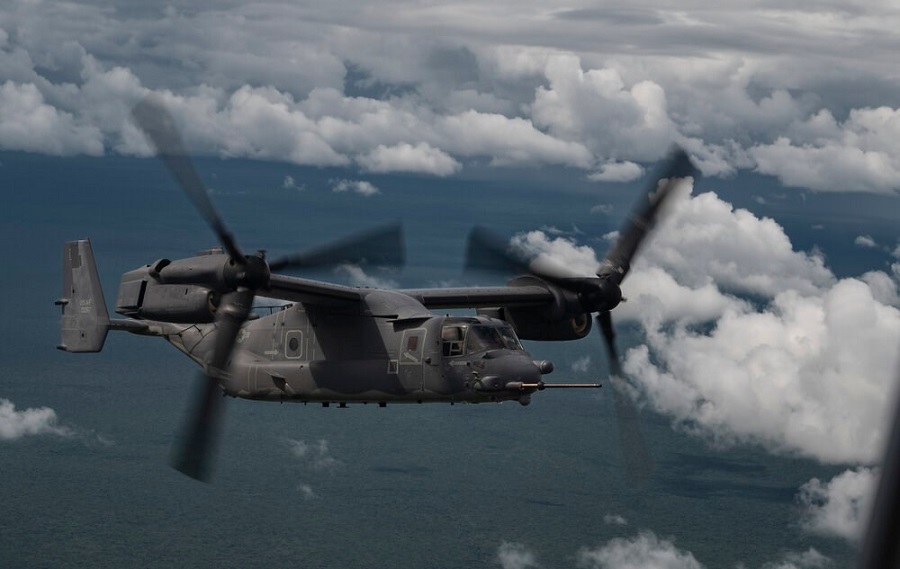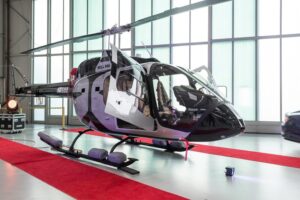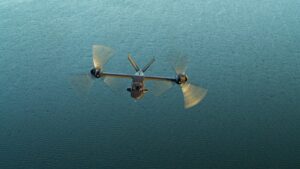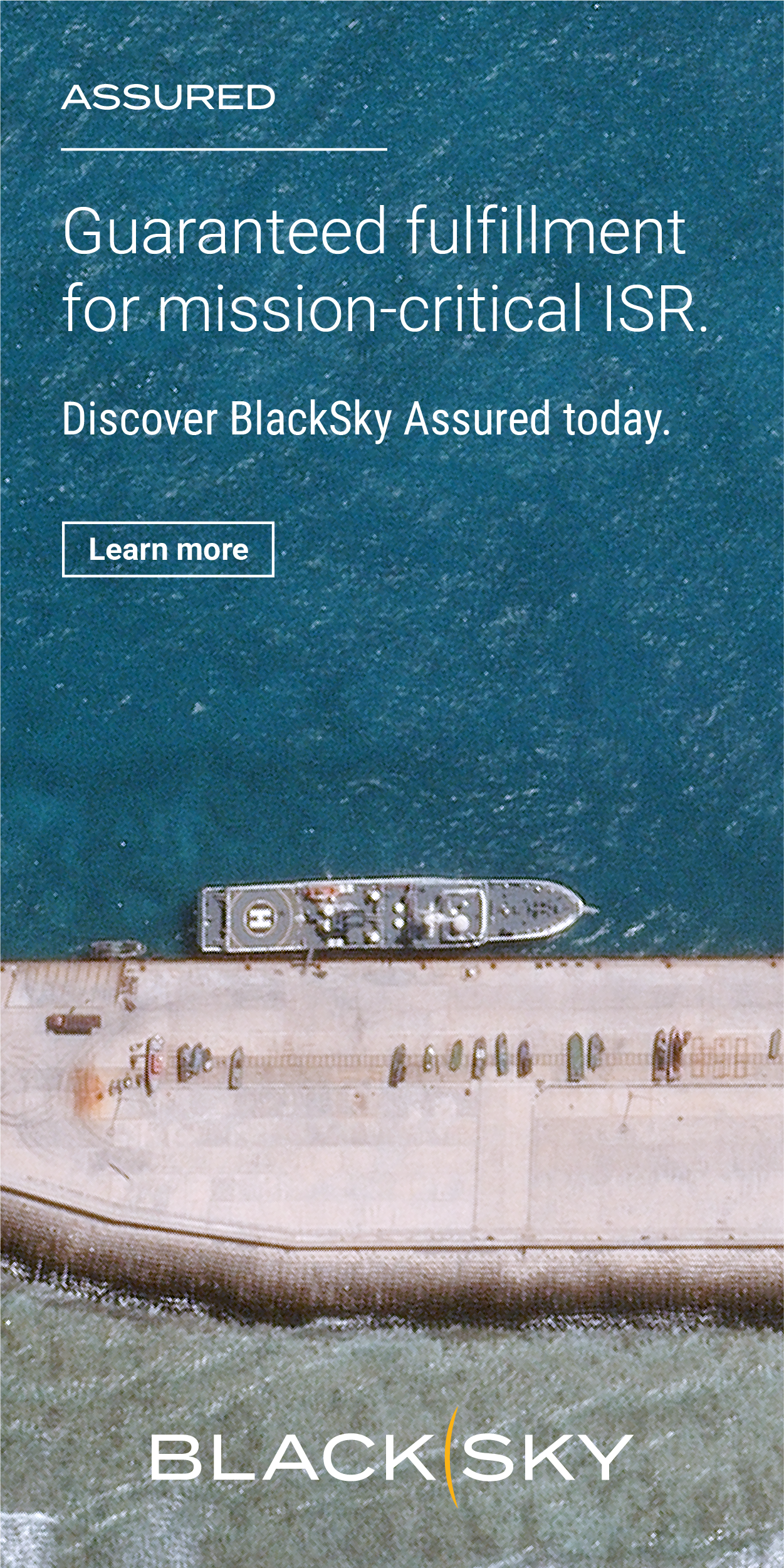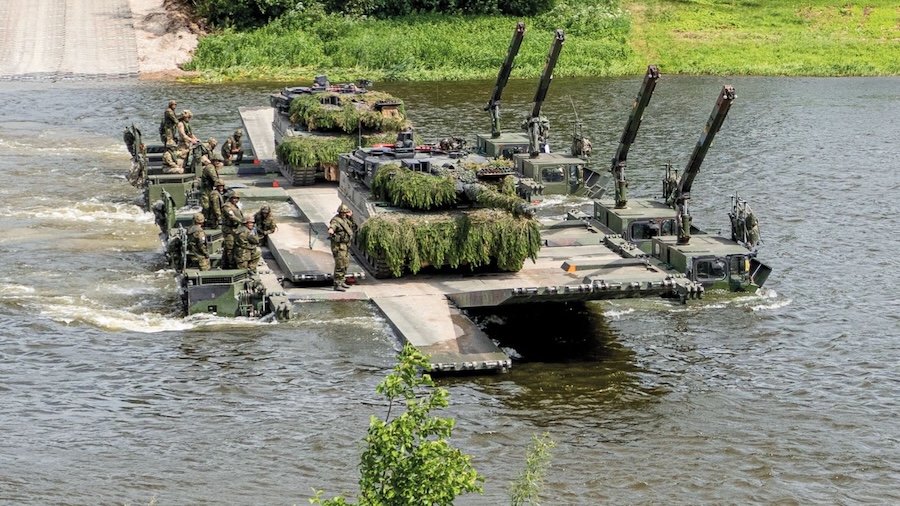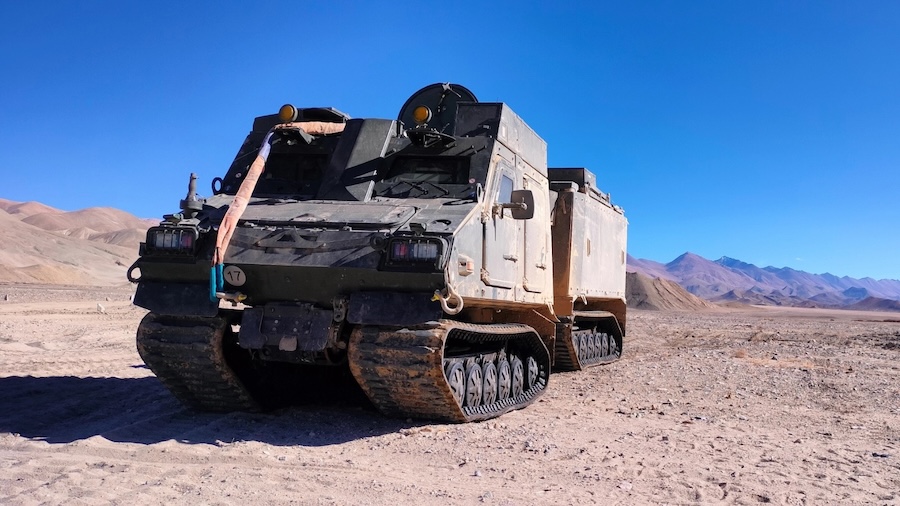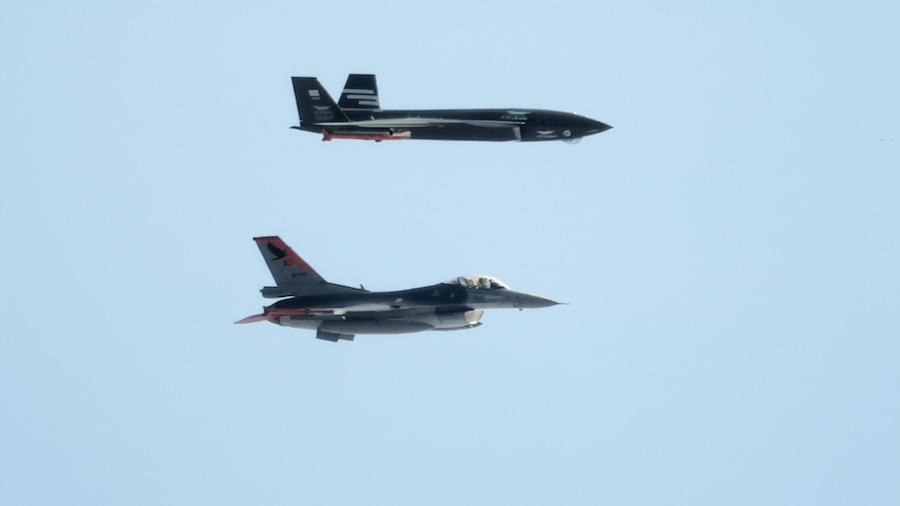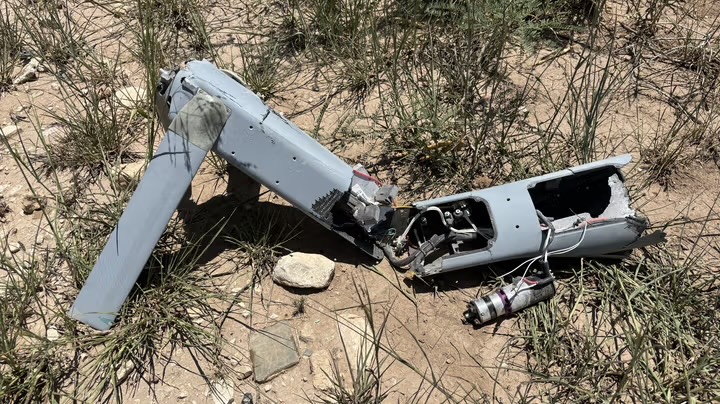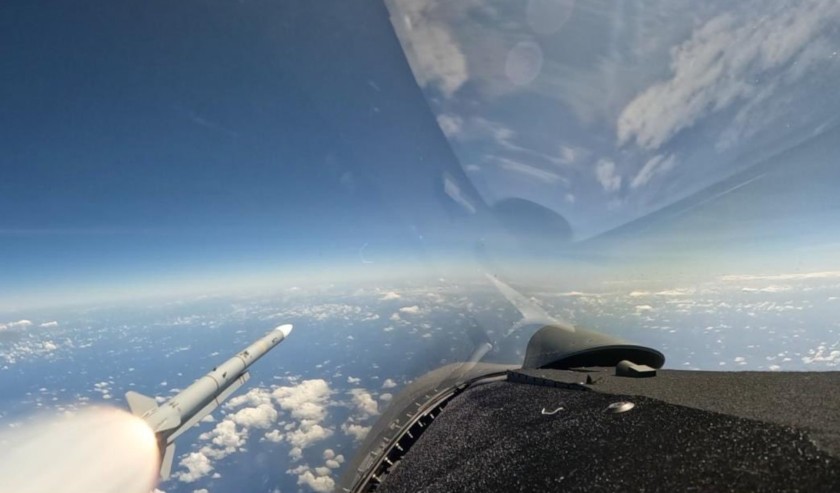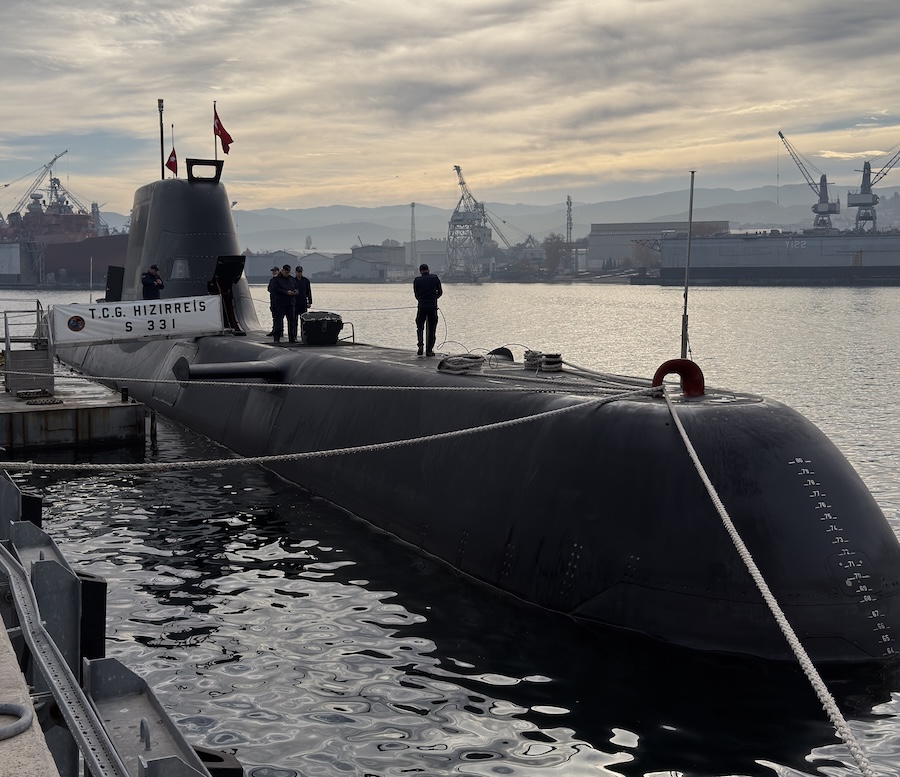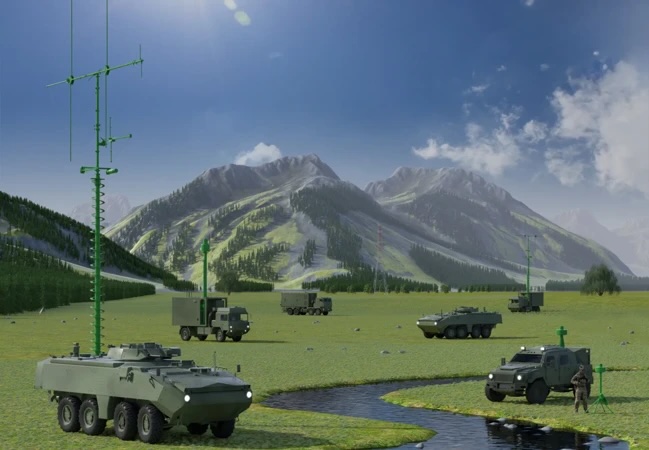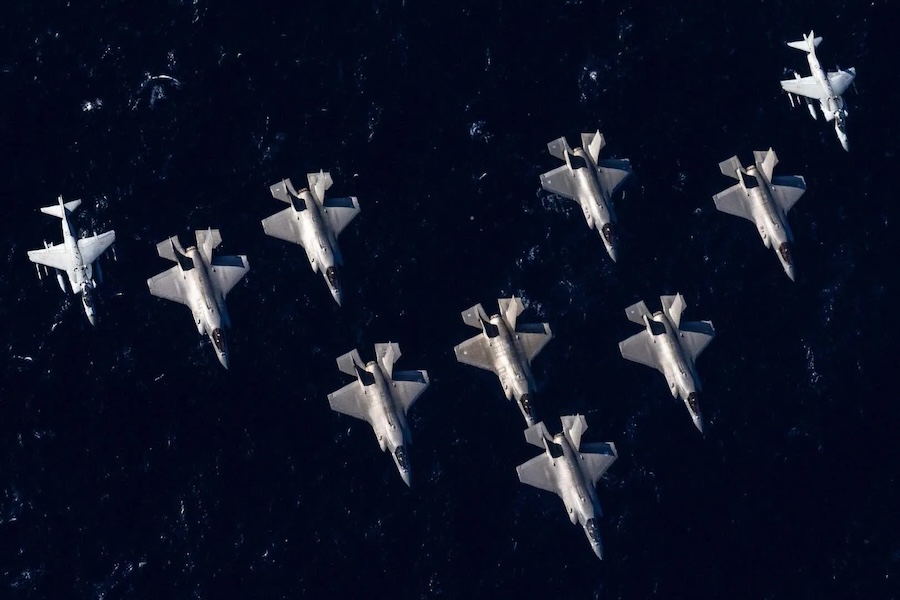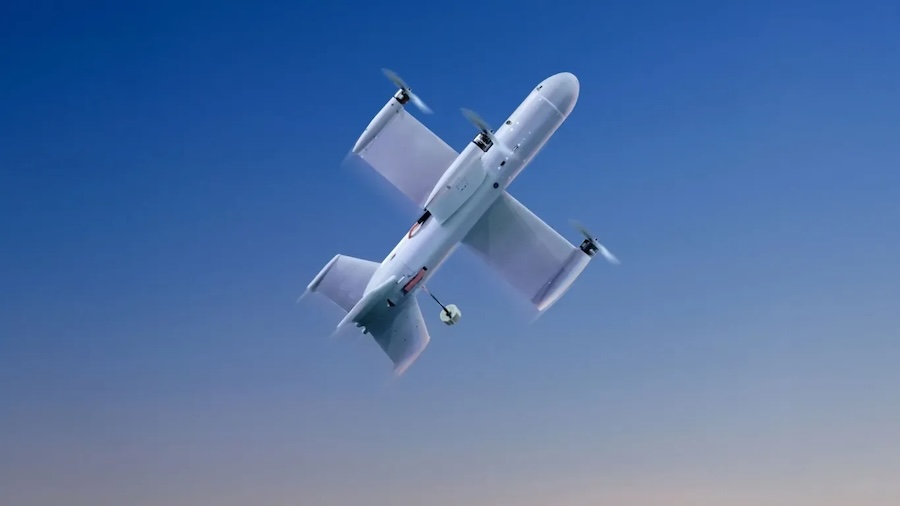The CV-22 is the Air Force variant of the V-22 Osprey, a tiltrotor aircraft designed to support special operations missions by combining vertical take-off and landing capability with the speed and range of a fixed-wing aircraft. It is the first tiltrotor aircraft introduced into military service and has been operated by multiple branches of the U.S. military.
According to Bell, the U.S. Air Force is the first service branch to complete its program of record for new CV-22 aircraft, which feature improved nacelles. The final aircraft under this program is expected to be delivered in the coming months.
“Completing the CV-22 production aircraft for the U.S. Air Force is an immense honour and testament to the amazing men and women who have worked to design, engineer, and build these incredible aircraft,” said Eldon Metzger, Bell V-22 program director. “As we reach this milestone of CV-22 production, we embark on the next chapter of our journey as we transition from full-rate production to fleet wide sustainment.”
The CV-22 Osprey has been used in several notable operations, including the longest-distance nighttime hostage rescue of American citizens in Department of Defense history and the evacuation of 194 people from the U.S. Embassy in Baghdad. It has also conducted long-range medical evacuations, including a mission involving a landing on a naval vessel travelling at speed over 250 nautical miles from shore.
“The CV-22 Osprey represents the dedication and determination of all those who had a hand in creating a unique aircraft and capability for the U.S. Air Force,” said Kathleen (KJ) Jolivette, vice president and general manager of Vertical Lift at Boeing Defense, Space & Security. “We are proud of all the work that has gone into the program over the years and look forward to maintaining the CV-22 for decades to come in support of its mission critical operations.”
Following the completion of the CV-22 program, Bell and Boeing will continue to support the U.S. Air Force with sustainment and upgrades. Production of the MV-22 and CMV-22 variants for the U.S. Marine Corps and Navy remains ongoing.




